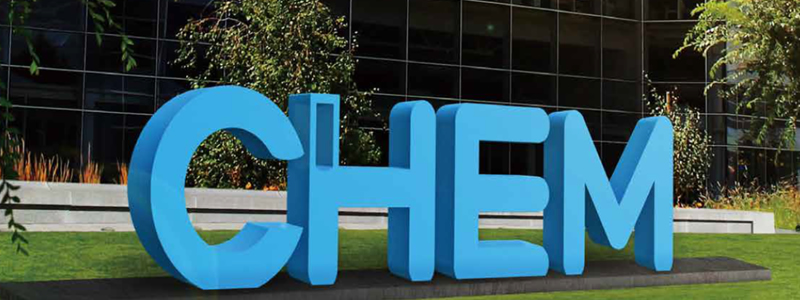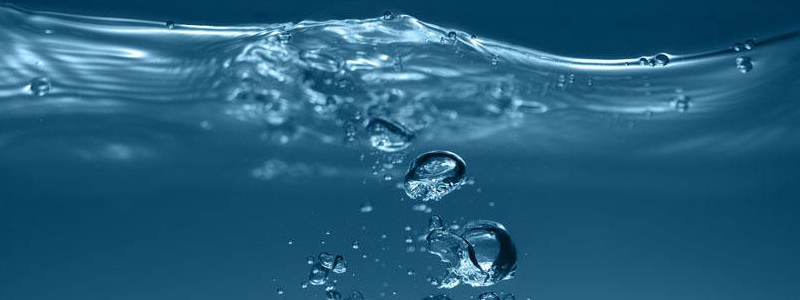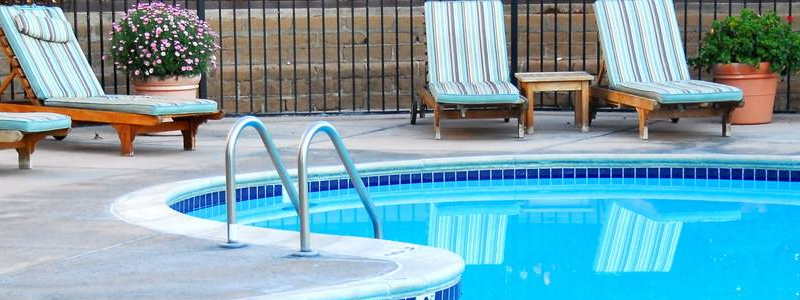
How PAC Is Made?
(A method for preparing PAC)
Poly Aluminum Chloride consists of the following components.
100-121 parts of bauxite.
160-190 parts of hydrochloric acid (20-30%).
70-90 parts of calcium aluminate.
30-40 parts of calcium carbonate.
The production processes commence with.
Heating the bauxite for 30 min – 2 hrs. (temp 1200-1500 °C).
Crush the bauxite.
Combine the bauxite and calcium aluminate in a reaction kettle.
Add 25-30% hydrochloric acid into the kettle.
Heat the mixture (95-110°C) for 1-3 hrs.
Leave the mixture for 15-24 hrs for the reaction to take place, forming Polyaluminium Chloride.
At 105°C, the resultant solution should be dehydrated to retrieve a sample for analysis.
Polyaluminum Chloride (PAC)
PAC is one of the most efficient water treatment chemicals utilized today. It is widely used in both potable water and wastewater treatment because it provides high coagulation efficiency and it has the widest pH and temperature application ranges compared to other water treatment chemicals. This high efficiency provides for increased plant capacity and lower operating costs. PAC has very little effect on pH resulting in minimized need for pH adjustment chemicals, thus further reducing operating costs. PAC is used in the papermaking industry to increase drainage rates in neutral and alkaline processes, as a retention aid, to increase sizing efficiency and to reduce cationic demand.
For more information or Inquiry about this product, please contact us:
TIAN@CHEM.NET
We are the professional and direct supplier of PAC, MSDS/TDS/COA and other documents are against your requirements.
 Previous
Previous  Next
Next Get answers and advice from people you want it from.